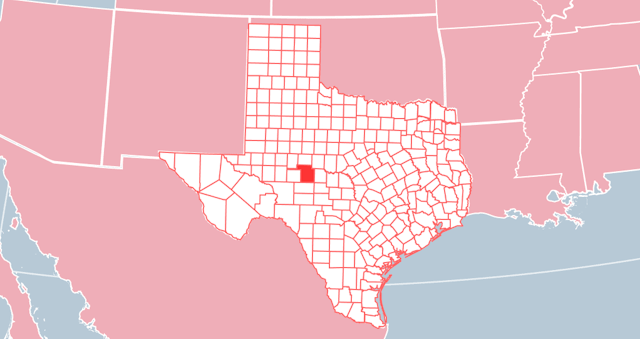Rehabs in Tom Green
Tom Green is located on the Edwards Plateau in the US state of Texas. Its traditional center is in San Angelo. According to the 2020 US Census, the region had a population of 120,003. The region is rich in history, culture, and tourist attractions. The province is also popular with parks, gardens, lakes, and walking trails.
However, many residents are not able to enjoy all their province has to offer, as they are not immune to alcohol and drug addiction. In Texas, alcohol is the primary misused substance. On the other hand, the state has seen an increase in methamphetamine and heroin more than both cocaine and marijuana.
The use of any substance also causes a fatal overdose. Between 2012 and 2016, in Tom Green County, there were 19,6% drug and/or alcohol-involved deaths per 100,000 residents. For the same period, there were 114 overdose fatalities.
Drug and alcohol rehabs in Tom Green County can assist residents to improve their health and obtain sobriety. Moreover, they would be able to regain their connection to their society.
Available Treatment Services
Drug and alcohol rehabs in Tom Green County are to make addiction treatment accessible for everyone involved. Besides, the centers have devoted and highly trained staff that will help an addict and their families to find the programs that will cause effective healing results.
The clinical assessment is the first step toward recovery. It identifies the history of the addiction and may also shed light on any social problems and mental health issues caused by it.
After having all these details, the professional is to create an individual treatment plan. The plan is to include one or more of the following healing services:
- Medical intervention
- Detox
- Inpatient or/and outpatient program
- Aftercare and alumni meetings
Detox
Most addicts that have a physical dependence on benzodiazepines, opioids, or alcohol, need to pass the procedure of detox before going to rehab. Medical detox will help to clean the addict’s body of heavy substances.
Professionals may also use medications to alleviate painful and life-threatening withdrawal symptoms. Hence, detox alone is not a treatment, so it is essential to find a hub that provides treatment beyond.
Inpatient Program
During inpatient or residential treatment courses, the patient lives in a clinic. The latter offers a controlled and sober environment, where the patient finds long-term sobriety. This in-house program includes group or one-on-one therapy that helps to discover the triggers that lead to addiction. Moreover, here the person will obtain skills that will help to stay sober after leaving the hub. In addition to the 24-hour control, a person will also attend healthy activities, stress control courses, fitness classes, and more. A 12-step curriculum is also available in the frame of this program.
Outpatient
People who have already completed inpatient courses or who have mild levels of addiction are to find aid in an outpatient clinic. A person does not have to live in the clinic so that they can continue with their school, work, and family commitments.
The person has to pay 3-5 visits to the hub and spend 5-6 hours there. The outpatient clinic offers one-on-one or group therapy, a 12-step curriculum, special skills for relapse prevention, etc.
Aftercare
Recovery from drug and alcohol dependence is possible with a certain recovery plan. After completing a course of recovery, some people also need to take part in aftercare meetings.
Alcoholics and Narcotics Anonymous, Smart Recovery meetings are available in TX. These meetings provide a stage where people talk about their dependence and share their experiences with the same issues. Aftercare support also assumes sober living houses and special education.
Payment
Before visiting the hub, a person should examine all the available options for payment. Many outside resources may support financially. Its biggest resource is health insurance plans. They may offer full or partial coverage.
The main health insurance agencies for the rehabs in TX are Blue Cross and Blue Shield, Cigna, Humana, and Aetna. Other resources include support from family and friends, sliding scale fees, medical credit cards, personal loans, scholarships and grants, payment plans, etc.

